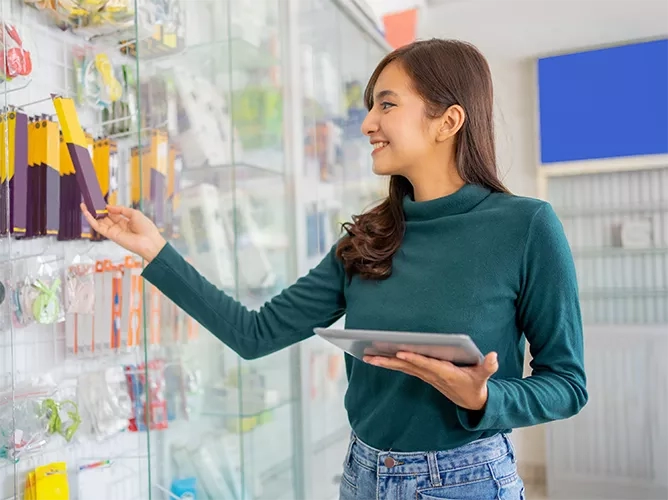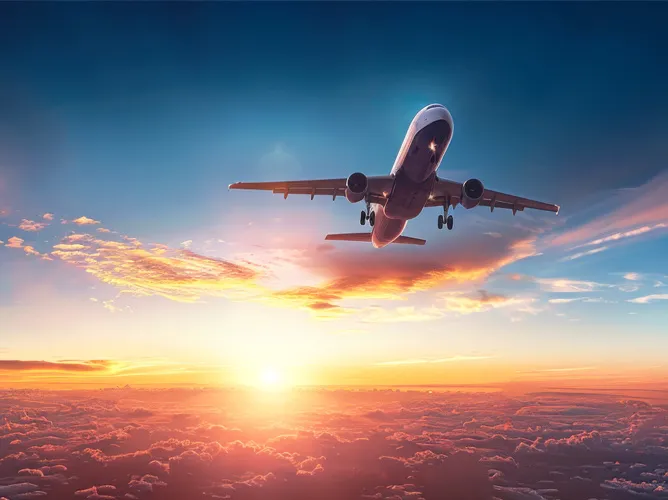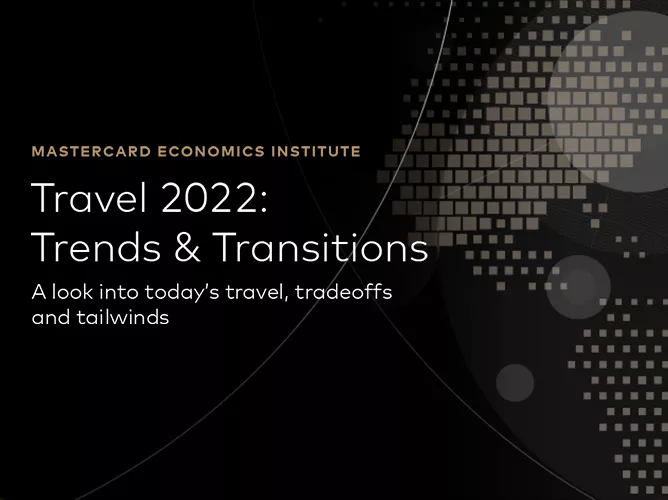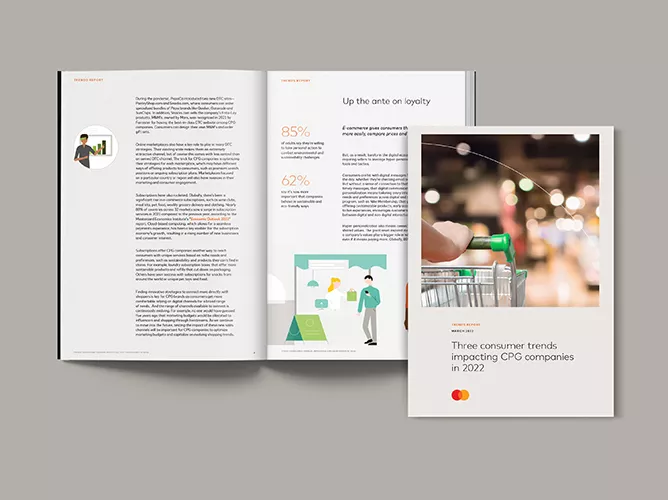August 2022 | By Andreas Spycher
This is a substantially updated and revised version of an article published in PhocusWire on August 30, 2021.
“No travel? No problem. We’re bringing the flavor to you!” promised U.S. potato chip brand Lay’s during the summer of 2020.
Brand devotees could embark on a Lay’s Flavor Trip by tweeting their selection from a choice of global destinations. The brand responded by sending out a bag of chips offering a “taste of” the selected country.
The marketing stunt aimed to satiate consumers when traditional approaches to travel were no longer available. As Covid-19 recovery progresses, travel companies are now trying to satisfy the pent-up demand for real.
The challenge is how to appeal to evolving tastes that continue to shift.
Identifying the new traveler
Many travel companies traditionally define travelers across tiers or overarching travel purposes. Analysts outside of card programs may use consumer profiles, such as affluence and frequency or fun seeking versus self-seeking, in addition to loyalty tiers.
Tiers and consumer profiling work fine from a product perspective. But travel has always been personal, and Covid has given consumers time to reflect on what they are willing to spend their savings on.
One person’s quest for unspoiled solitude is another’s recipe for boredom. The underlying purpose of a self-seeking traveler’s journey could have been cultural enrichment or luxury shopping and may or may not have been tagged onto a business trip. New profiling dimensions further blur these descriptions and make it difficult for travel companies to address the right personalized offer to the right travel experience.
The Mastercard Economics Institute’s June 2021 report Ready for takeoff? highlights eight modified traveler profiles during an early Covid travel recovery. Two are business oriented:
- "workation" travelers taking work-from-home arrangements on vacation
- essential business travelers
- budget deal seekers
- escapists wanting short getaways close to home in less crowded locations
- rejuvenators focused on dining and beauty
- adventurers focused on outdoor activities
- international VFR (visiting family & relatives) travelers
- luxury aficionados
Success in a volatile sector comes from identifying the right profiles and then catering to them with appropriate flavors, visuals and offers.
Pairing with regions
Just as Lay’s chose beer & brats to represent Germany and lime & sea salt to represent Mexico, some profiles are more representative of certain regions than others.
Travelers from several Latin American countries were not that partial to workations back in 2019. Their Covid habits show an even greater aversion. Will this persist as other regions embrace flexible working arrangements that balance family with work? The worldwide tendency for Visiting Friends & Relatives (VFR) travelers to stay longer and prefer flexible return dates will likely have a bearing.
In Asia, Singapore became a leader in regional recovery through progressive re-opening of business and leisure travel. Their combination as “bleisure” over longer visits really took off once Australia relaxed its border protocols at the start of 2022. Flights between Australia and Singapore grew 133 ppts and 208 ppts in each direction by the end of April, according to the Mastercard Economics Institute’s May 2022 report Travel 2022: Trends & Transitions.
Elsewhere in Asia, Japanese attitudes to workations parallel Latin American tendencies. But what really characterizes travelers there is a preference for rejuvenation and escapism. A predilection for escapism is also reflected in several Middle Eastern countries, where the habit of visiting nearby cities predates Covid. The big change there now is in shopping habits, where online growth in cross-border shopping means people often no longer wait to visit in person.
A tendency to hunt online for cross-border deals is characteristic of other regions too. Yet Europe is perhaps even more distinguishable by its post-Covid sensibilities around sustainability. This environmentally friendly spending comes after a couple of years spent “doing” rather than “consuming” at secondary regional destinations. What impact will it have on luxury aficionados whose Covid habits reflect a worldwide shift from high-end shopping to traveling in style?
Another worldwide trait is a growth in budget deal seekers who are willing to pay higher airfares and room rates for flexible reservations. Hotels induced the behavior by being unwilling to reduce prices because of the time needed to increase them again at tolerable rates; they opted to add perks instead. Airlines, which may profit more from a few high-paying business travelers than from many low-paying economy travelers, stopped offering deals once capacity returned and travel-starved consumers showed a price elasticity not seen for decades.
Catering to tastes
Flavors like lime & sea salt are designed to have limited runs to meet consumer demands at specific times. At the same time, travel companies are looking for the next salt & vinegar staple to maintain some consistency during times of volatility. Data allows them to achieve both. It goes beyond product-driven tiers and profiles by taking shifting customer preferences as the essential ingredients for all of travel’s flavors.
 | Andreas SpycherVice president of Mastercard Advisors |











